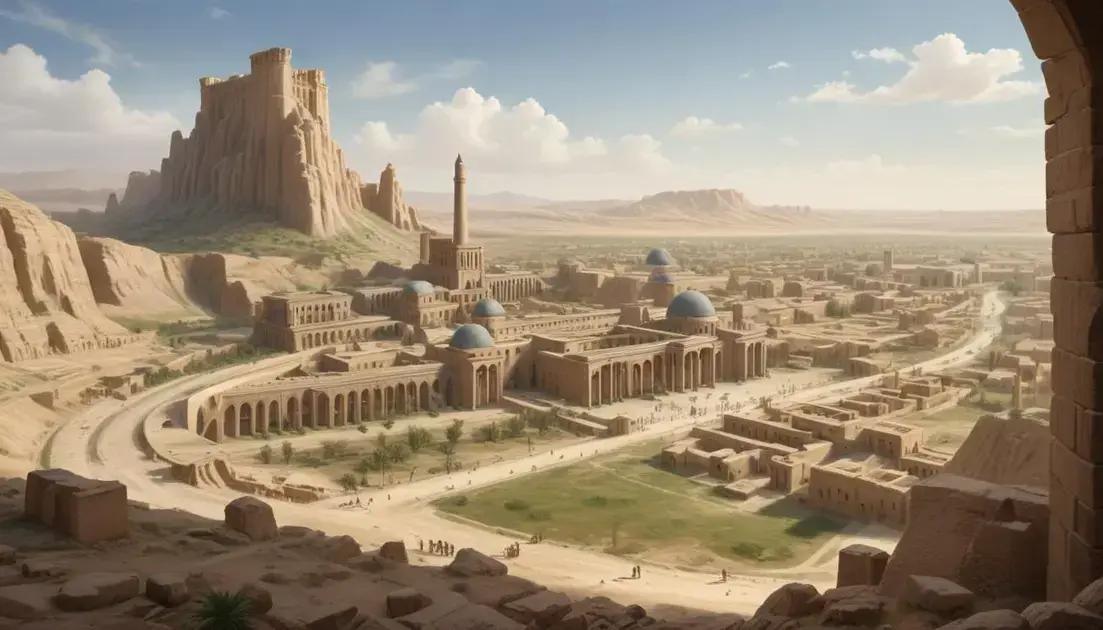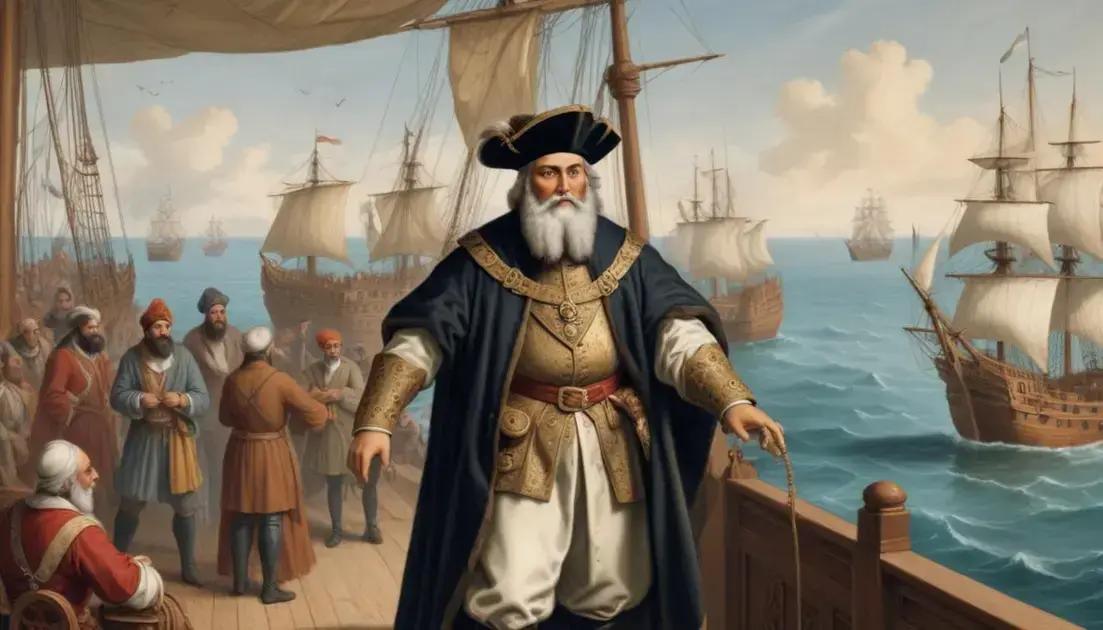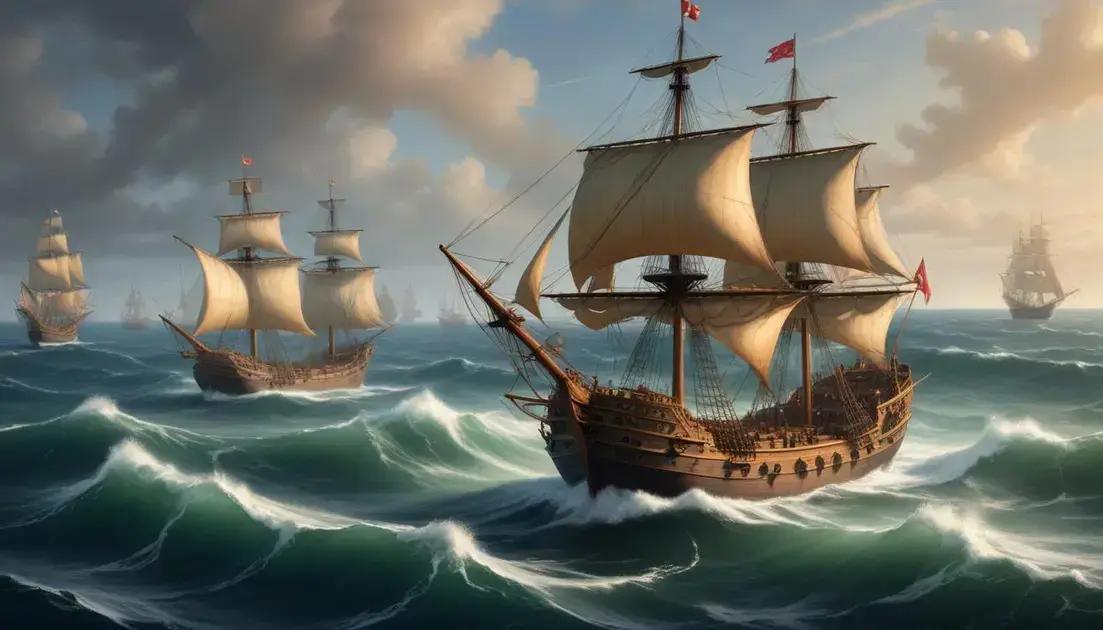
Ctesiphon: Persian Capital Between Wars and Culture
Ctesiphon was a crucial hub in ancient Persia, known for its rich cultural exchanges, remarkable architecture, and historical events. The city’s architectural marvels, such as the Taq Kasra, highlight its engineering prowess. Cultural interactions with traders and scholars from diverse backgrounds fostered advancements in art, literature, and science. Modern interpretations of Ctesiphon continue to inspire creativity and celebrate its legacy, making it a significant point of interest for understanding ancient civilizations.
Welcome to the fascinating world of Ctesiphon, where history, culture, and conflict intertwine. Situated along the Tigris River, this ancient capital showcases the vibrant legacy of Persian civilization. Curious about what made Ctesiphon a pivotal center in history? Let’s dive in!
The Historical Significance of Ctesiphon
Ctesiphon was a major city in ancient Persia, located near the Tigris River. This city played an important role in the rise and fall of empires. Its historical significance is huge and colorful.
Strategic Location
Being close to the Tigris River made Ctesiphon a key trade hub. Merchants traveled here from far and wide, bringing different cultures and goods. This exchange helped shape the city into a vibrant center of commerce.
A Cultural Melting Pot
Ctesiphon was not just about trade. It was a melting pot of cultures, ideas, and religions. Scholars and artists thrived here, contributing to advances in science and art. Its libraries were famous for their extensive collections.
Architectural Wonders
The city is known for its stunning architecture, especially the Taq Kasra, which is an ancient arch. This structure was one of the largest of its time and still amazes visitors today. It symbolizes the engineering skills of the Persians.
The Impact of Conflicts
Ctesiphon saw many conflicts as empires fought for control. Each invasion left its mark on the city. These events shaped the history and culture of Ctesiphon, making it a land of resilience.
Legacy Today
Today, Ctesiphon’s ruins remind us of its rich past. The city’s history continues to inspire people, from historians to travelers. Understanding this city helps us learn about the power dynamics of the ancient world.
Cultural Exchanges in Ancient Times
Cultural exchanges played a huge role in shaping Ctesiphon. The city was a crossroads for different cultures. Traders from many lands came here with unique goods and ideas.
Trade Routes
Ctesiphon was strategically located along important trade routes. Merchants traveled from places like India, China, and Rome. They brought spices, silk, and more. This exchange enriched the culture of the city.
Influence of Art and Literature
As cultures mingled, art and literature flourished. Persian poets were inspired by ideas from neighboring regions. This led to a rich tradition of storytelling and poetry that thrived in Ctesiphon. Creative minds shared their work, sparking new ideas.
Religious Diversity
The city was home to many beliefs and practices. Zoroastrianism was significant, but there were also Christians, Jews, and others. This mix created a vibrant religious tapestry. People exchanged stories and rituals, learning from each other.
Education and Knowledge
Ctesiphon became a center for learning. Scholars gathered to discuss science, philosophy, and medicine. They built libraries filled with knowledge from various cultures. This sharing of ideas shaped advancements in many fields.
A Lasting Impact
The cultural exchanges in Ctesiphon left a lasting legacy. They helped to create a rich cultural heritage. Today, we still feel the effects of these exchanges in art, literature, and beliefs.
Major Events that Shaped Ctesiphon
Many significant events shaped Ctesiphon throughout its history. Each event left a mark on the city and its culture. Understanding these events helps us see the city’s importance.
The Rise of the Sassanian Empire
Ctesiphon became the capital of the Sassanian Empire around 224 AD. The Sassanians transformed it into a powerhouse of culture and trade. Many advancements in art and science happened during this time.
Invasions and Conflicts
Ctesiphon faced numerous invasions due to its strategic location. The Romans attacked multiple times, hoping to control trade routes. These invasions changed the city’s structure and demographics.
The Muslim Conquest
In 637 AD, Muslim forces captured Ctesiphon. This event marked a major turning point. It led to the spread of Islam and new cultural influences in the region.
Destruction and Decline
Over the centuries, the city suffered from warfare and natural disasters. The Mongol invasion in the 13th century devastated Ctesiphon. This destruction led to a decline in its prominence.
A Legacy of Resilience
Despite challenges, Ctesiphon’s legacy lives on. Its history shows resilience and adaptability. The city continues to be an important place for understanding ancient cultures.
The Architectural Marvels of Ancient Persia
The architectural marvels of ancient Persia are simply stunning. They showcase the skill and creativity of the builders. Ctesiphon, as the heart of this culture, has remarkable structures.
The Taq Kasra
One of the most famous buildings is the Taq Kasra. This grand arch is an engineering wonder. It was the largest vaulted brick structure of its time. People were amazed by its size and beauty.
Palaces and Gardens
Persian palaces were not only grand but also beautifully designed. They often included lush gardens. These gardens showed the connection between nature and architecture. The designs emphasized symmetry and balance.
The Role of Ziggurats
Ziggurats were important structures in ancient Persia. They served as temples and meeting places. Their step-like design was both functional and symbolic. Each level brought people closer to the heavens.
Influence of Other Cultures
Persian architecture mixed various influences. Greek and Mesopotamian styles can be seen in many buildings. This blend created a unique architectural style that still inspires today.
A Lasting Legacy
The architectural achievements of Persia left a lasting legacy. Many structures still stand today, reminding us of their glory. They tell stories of a rich history and cultural pride.
Modern Interpretations of Ctesiphon
Modern interpretations of Ctesiphon capture its rich history and influence. Artists and architects draw inspiration from its ancient structures. These interpretations help us connect with the past.
Artistic Representations
Many artists create works that celebrate Ctesiphon’s beauty. Paintings, sculptures, and illustrations showcase its unique architecture. These pieces remind us of the city’s grandeur and cultural significance.
Architectural Revivals
Some modern buildings reflect Ctesiphon’s architectural style. Designers use similar arches and domes in new constructions. This revival honors the craftsmanship of ancient builders while meeting today’s needs.
Literature and Media
Writers often reference Ctesiphon in literature and film. The city’s rich stories inspire plots and characters. These references keep its legacy alive in modern storytelling.
Cultural Events
Cultural festivals celebrate Ctesiphon’s history. Events include music, dance, and art that reflect Persian culture. These gatherings bring communities together to honor their shared heritage.
Educational Perspectives
Schools and universities study Ctesiphon to understand its impact. Scholars analyze its role in history and culture. This education fosters appreciation for ancient civilizations.
Conclusion
In summary, Ctesiphon’s rich history and culture have left a lasting impact. The city served as a meeting point for diverse cultures, fostering trade, art, and knowledge. Its architectural marvels, like the Taq Kasra, continue to inspire modern design and creativity.
Cultural exchanges in ancient times shaped the identity of Ctesiphon. The influences from various regions created a vibrant community that celebrated art and learning. Today, we see modern interpretations that keep this legacy alive.
Understanding Ctesiphon helps us appreciate the contributions of ancient civilizations. By studying its history, we can learn valuable lessons for our own culture and society. The spirit of Ctesiphon reminds us of the importance of cultural connections and the power of shared knowledge.


